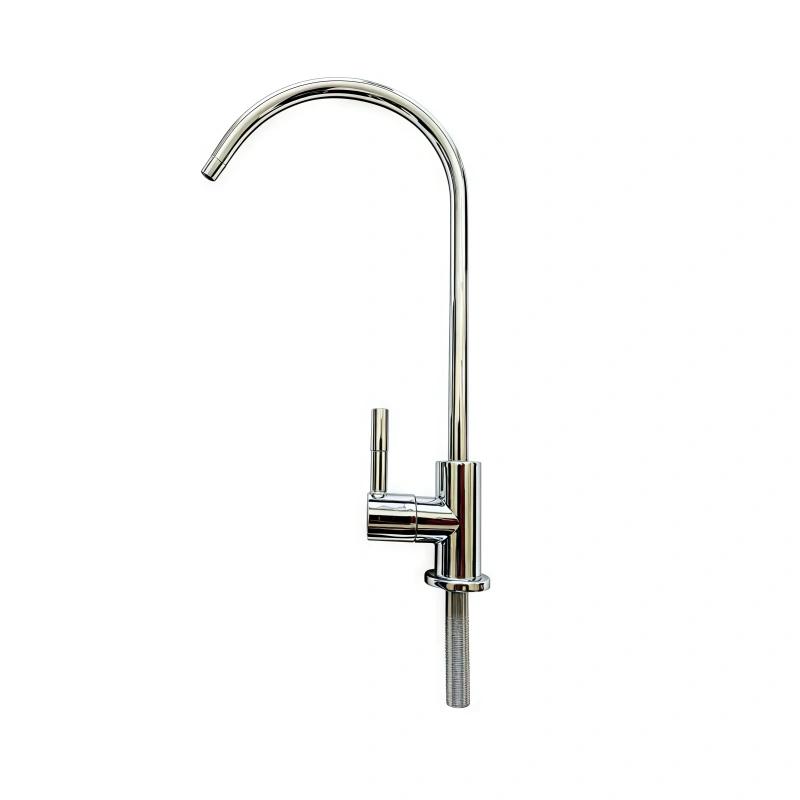In modern water purification systems, reliable installation and consistent maintenance are just as important as the quality of the filtration technology itself. While the RO membranes and filtration cartridges often attract the most attention, auxiliary components such as the water faucet, water tank, pumps, solenoid valves, and pressure gauges form the backbone of the system’s long-term stability and functionality. Neglecting their installation or routine upkeep can lead to inefficiencies, leaks, pressure fluctuations, and even premature system failure.
This professional guide provides an in-depth look at the role of these critical components, best practices for installation, and a structured approach to maintenance. Whether you are an engineer, an installer, or a facility manager, understanding these aspects ensures optimal system performance and extends the lifecycle of the equipment.
Water Faucet Installation and Maintenance
The water faucet serves as the final outlet of purified water. While it may seem like a simple component, its correct installation is crucial for hygiene and convenience.
Installation Guidelines
-
Location: Always install the faucet on a flat, stable countertop or sink surface. Ensure adequate clearance for both the handle operation and water flow.
-
Sealing: Apply food-grade sealing tape to the threaded connections to prevent micro-leaks.
-
Tubing Connection: Connect the tubing firmly to avoid contamination or loose fittings. Color-coded tubing is recommended to prevent cross-connection errors.
Maintenance Practices
-
Cleaning: Regularly sanitize the faucet outlet with diluted vinegar or food-grade disinfectants to prevent bacterial buildup.
-
Leak Inspection: Inspect O-rings and washers every 6 months to avoid dripping or continuous water loss.
-
Replacement: Replace the faucet if corrosion or scaling becomes visible, as these can affect water taste and safety.
Water Tank: Storage and Hygiene
The water tank acts as the reservoir that balances water flow, ensuring stable delivery even during peak demand.
Installation Guidelines
-
Positioning: Place the tank upright to prevent bladder misalignment.
-
Pressure Pre-Charge: Maintain the pre-charge pressure (usually 7–10 psi for RO systems) before connecting to the system. This prevents overstrain on the pump and ensures efficient tank filling.
-
Isolation Valve: Always include a shut-off valve between the system and tank for maintenance purposes.
Maintenance Practices
-
Sanitization: Disinfect the tank interior annually to prevent bacterial growth. Use NSF-approved sanitizing solutions.
-
Pressure Check: Test and adjust the air pre-charge pressure at least once a year.
-
Bladder Integrity: Replace the tank if the internal bladder shows signs of wear, such as inconsistent water output or inability to maintain pressure.
Pumps: Ensuring Steady Flow
The pump is critical in RO systems and commercial water treatment plants, as it guarantees sufficient water pressure for the membrane to function optimally.
Installation Guidelines
-
Power Source: Ensure stable voltage and proper grounding to avoid motor damage.
-
Vibration Control: Use anti-vibration mounts to minimize noise and protect adjacent components.
-
Pre-Filter Requirement: Always install a pre-filter before the pump to prevent sediment from entering and damaging the pump head.
Maintenance Practices
-
Lubrication: Some pumps require periodic lubrication—consult manufacturer guidelines.
-
Flow Monitoring: Measure and compare flow rates regularly to detect early-stage pump inefficiency.
-
Replacement: Typical pump lifespan ranges from 3–5 years under continuous use. Replace when noise, overheating, or reduced flow become persistent issues.
Solenoid Valves: Intelligent Flow Control
The solenoid valve functions as the automated gatekeeper in water systems, controlling flow based on signals from sensors or controllers.
Installation Guidelines
-
Orientation: Install in the correct flow direction (check the arrow marking).
-
Clean Environment: Keep the installation area free from debris to avoid clogging the valve seat.
-
Power Compatibility: Ensure voltage and frequency match system requirements (commonly 24V DC in RO units).
Maintenance Practices
-
Routine Flushing: Flush the system to remove scaling and sediment deposits around the valve.
-
Coil Inspection: Check the solenoid coil for overheating or discoloration, which indicates electrical faults.
-
Seal Replacement: Replace worn diaphragms or seals promptly to maintain leak-free operation.
Pressure Gauges: Monitoring and Diagnostics
The pressure gauge is the diagnostic tool that helps installers and operators evaluate system performance in real time.
Installation Guidelines
-
Location: Place gauges before and after the RO membrane to monitor inlet and outlet pressures.
-
Calibration: Use high-accuracy gauges (±1.6% or better) for industrial systems.
-
Protection: Install dampening devices or glycerin-filled gauges to minimize needle vibration.
Maintenance Practices
-
Calibration Checks: Re-calibrate gauges annually to maintain accuracy.
-
Leak Prevention: Apply PTFE tape on threaded connections to prevent air/water leaks.
-
Replacement: Replace if the gauge needle sticks or shows inconsistent readings.
Best Practices for Comprehensive System Maintenance
For consistent performance across all components:
- Create a Preventive Maintenance Schedule: Log inspections for faucets, tanks, pumps, valves, and gauges.
- Document Pressure & Flow Readings: Track changes over time to identify hidden issues early.
- Use Genuine Parts: Always use manufacturer-recommended replacement parts to ensure compatibility and warranty compliance.
- Train Personnel: Ensure technicians are trained in handling sensitive parts like solenoid valves and pressure gauges.
Conclusion
A water purification system’s success lies not only in its advanced membranes or filtration media but also in the installation and maintenance of its auxiliary components. Water faucets, tanks, pumps, solenoid valves, and pressure gauges must be installed with precision and maintained with discipline to guarantee stable, safe, and efficient operation.
By following professional installation guidelines and implementing a structured maintenance plan, homeowners, facility managers, and industrial users can extend the service life of their systems while safeguarding the quality of their drinking water.
With years of OEM expertise and advanced manufacturing capabilities, INTOP AQUA provides not only world-class purification systems but also the essential components and technical support needed to build a truly reliable hydration infrastructure.











